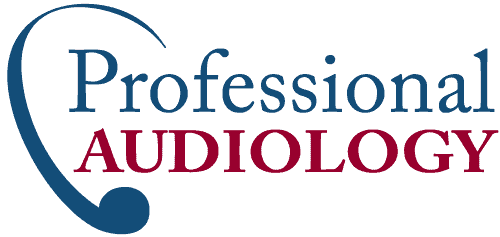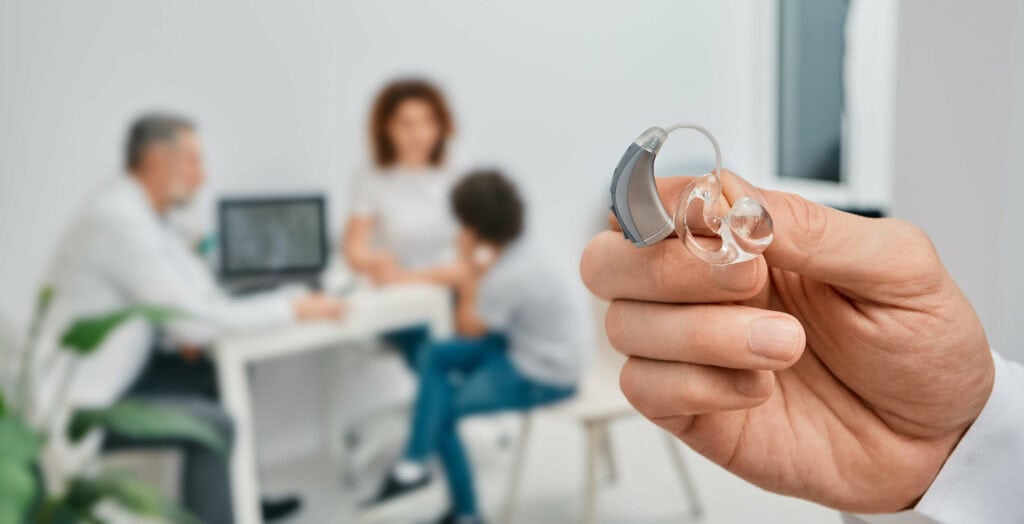For those with hearing loss, hearing aids can be a game changer, providing enhanced auditory function and improved quality of life. However, hearing aids are not immune to issues. Just like other electronic devices, you’ll sometimes have an issue or need repairs. Fortunately, many common hearing aid problems can be resolved with simple troubleshooting techniques. Here are some tips to address the most common hearing aid issues.
1. Weak or No Sound
If you are experiencing weak or no sound from your hearing aid, the first step is to check the volume and ensure it is appropriately adjusted. It may also be necessary to check your hearing aid battery, as a low battery can result in diminished sound quality or total sound loss. If the battery is not the issue and you still notice weak or no sound, it may be necessary to seek professional assistance from a hearing health professional to address potential internal issues or damage.
2. Feedback or Whistling Sounds
Feedback or whistling sounds can be frustrating and may occur if your hearing aid is not properly fitted or adjusted. Try reinserting your hearing aid, ensuring that it is securely and comfortably in place. If the feedback persists, you may need to seek hearing health professional assistance to reprogram or adjust the device’s settings.
3. Discomfort or Pain
You should not experience hearing aid discomfort or pain. While there might be some initial discomfort when first adjusting to your devices, you should enjoy a comfortable fit. It is important to determine the source of the discomfort and correct the issue. Try repositioning the hearing aid or adjusting the volume if you experience discomfort or pain. If the issue persists, it may be necessary to seek hearing health professional assistance for proper fitting or adjustment.
4. Moisture or Water Damage
Moisture or water damage is a common issue for hearing aid wearers. Exposure to excessive moisture can damage the internal components of the device, impacting its effectiveness. Ensure your hearing aids are kept dry, free from sweat or rainwater, and removed before swimming or showering. Using a hearing aid dehumidifier or regularly changing the wax guard can also help prevent moisture-related issues.
5. Difficulty with Phone Calls
If you are experiencing difficulty with phone calls, such as muffled sound or interference, it may be necessary to adjust the setting on your hearing aid. Many hearing aids now include connectivity features to route sound directly to your device, bypassing any interference. Enabling your connectivity feature can reduce interference and improve the quality of your phone calls.
6. Disconnection or Connectivity Issues
Disconnection or connectivity issues may arise if your hearing aids are not appropriately synced with your other devices. Start by making sure that your hearing aid and any connected devices, such as your smartphone or television, are properly paired and connected. If issues persist, check your hearing aid’s compatibility with your device or seek hearing health professional assistance to address connectivity issues.
7. Increased Tinnitus
Tinnitus, a perception of ringing or buzzing in the ears, can be another common issue experienced by hearing aid users. In some cases, tinnitus can be exacerbated by the hearing aids. If you notice an increase in tinnitus while wearing your hearing aids, it is important to consult with your hearing health professional. They can adjust the settings on your hearing aids or recommend specific features, such as tinnitus maskers or white noise generators, to help alleviate the symptoms.
8. Earwax Buildup on Your Devices
Earwax buildup can impact the performance of your hearing aids, leading to reduced sound quality or malfunction. Regular cleaning and maintenance of your hearing aids can help prevent earwax from clogging the device. Clean your hearing aids as recommended by the manufacturer, and remove and clean the earmold or dome. If earwax buildup persists, consult with your hearing health professional, who can safely remove the excess earwax or recommend preventive measures to reduce future buildup.
Visit Us for Hearing Aid Maintenance and Repairs
While dealing with common hearing aid issues can be frustrating, understanding how to fix them can help you navigate these challenges effectively. Whether it’s adjusting volume settings, addressing discomfort, or troubleshooting connectivity issues, there are simple steps you can take to optimize the performance of your hearing aids.
For more complex issues or concerns, visit us for professional support.





